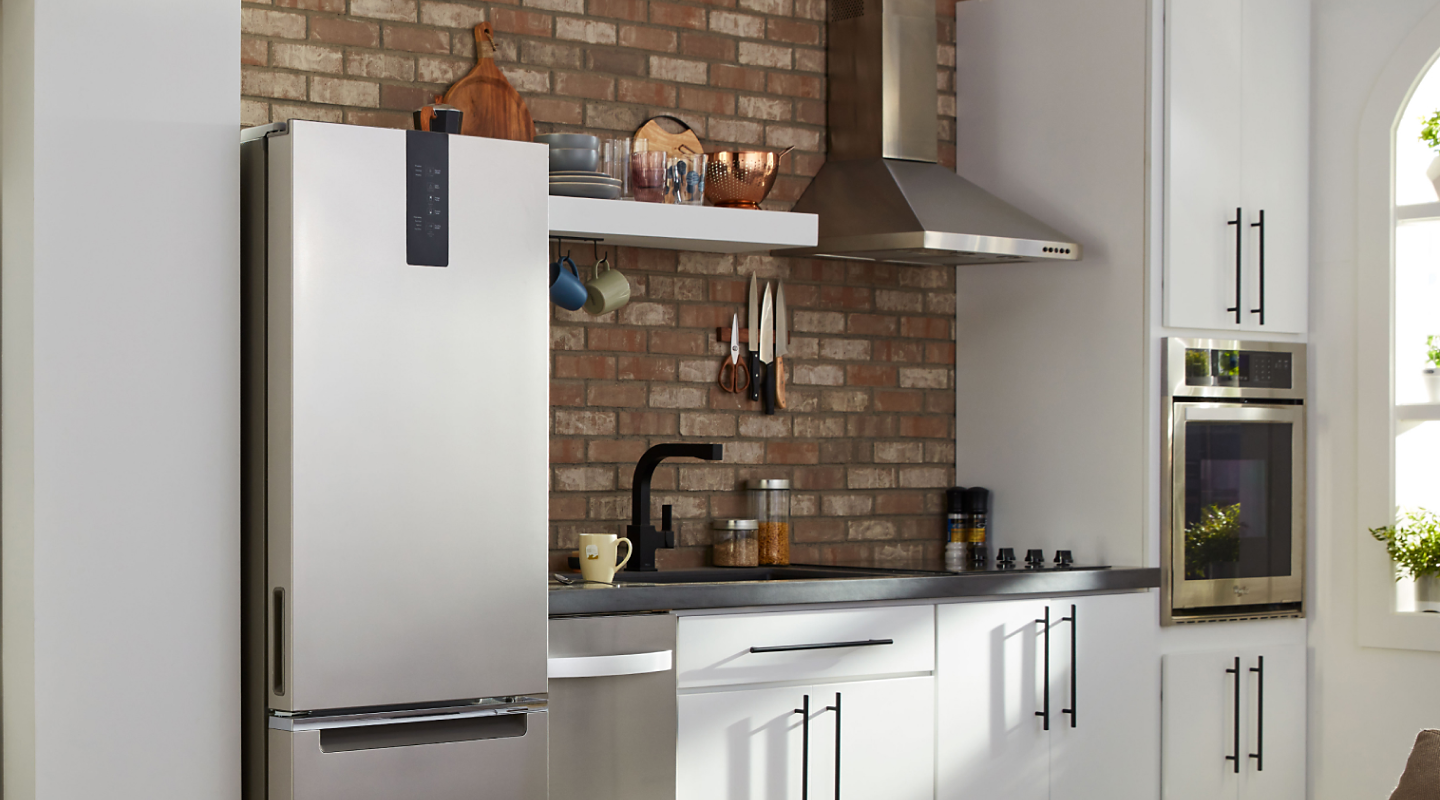Designing a kitchen with the professional touch of an interior designer entails design and a well-organized procedure. If you’re thinking of remodeling your kitchen or constructing a new one from the ground up, read on to get professional insight into designing amazing kitchens.
1. Start with a Plan
Layout and Workflow: Among the most critical considerations of the well-designed kitchen layout is efficient floor planning. The “kitchen work triangle” couples the sink, stove, and refrigerator so the cook can go to and from without wasting much time. Depending on the available space, the three kitchen design options are L-shaped, U-shaped, and the galley.
Budget: Set proper and affordable financial objectives and always stick to them. Use the money to prioritize the primary aspects, such as the cabinets, appliances, counters, and flooring, but ensure an allowance for contingencies and extras.
2.Choose a Cohesive Style
Inspiration and Theme: Collect ideas from design magazines, websites, and social networking sites. Choose the theme that sets your fancy. It can be modern, rustic, farmhouse, industrial, or a combination. Use mood boards to ensure that all these ideas and perceptions are well coordinated in a design.
Color Palette: It is advisable to match the color to the style you have chosen for your designs. Colors such as white, gray, and beige also have no dominant tones, which means they will never go out of style and can be used as the basis. Accessories, backsplashes, or cabinetry can create color accents.
3. Focus on Quality Materials
Cabinetry: The kitchen’s heart is the cabinets, so look for quality ones that will last. Choose solid wood or plywood instead of particle board because the former is more durable. Custom cabinets are again the most accurate in fit and look, but you can also use semi-customized counterparts or stock varieties.
Countertops: For your countertops, select robust yet beautiful materials such as granite, quartz, or marble. Consider how much time you will spend maintaining them, and choose a material that suits your lifestyle.
4. Maximize Storage and Organization
Smart Storage Solutions: Integrate design ideas to make your kitchen bright and keep all kitchen items in order. Features like pull-out shelves, deep drawers, lazy Susans, and built-in spice racks will significantly help.
Pantry: If you have enough space, it is recommended that you add a pantry to your design. A well-organized and preferably adjustable pantry means many items can be stocked here, thus not crowding the central kitchen.
5. Lighting Matters
Layered Lighting: Professionals use lighting in detail to set up different perceived moods and usability. To provide the light that fulfills a room’s visibility needs, install overhead fixtures for general lighting, under-cabinet or pendant lights for concentrated light in specific areas, and spotlights or LED strips for decorative lighting.
Natural Light: Let in as much light as possible. Avoid covering windows with curtains and other furniture; use light colors to encourage the light to bounce off the walls. More oversized windows, such as skylights, can also improve the room’s brightness and openness.
6. Add Personal Touches
Backsplash: The backsplash is also an excellent place for individuals to bring their character to a kitchen. If tiles, glass, and metal are allowed, it is advisable to use them in patterns or colors that are unique to your taste. You summed it up: it’s a small place to take risks and think outside the box.
Hardware: Choose the hardware that will fit your project’s general design and theme. Cabinet handles and drawer pulls are available in different designs, materials, and finishes. Blending and matching allow one to design with exclusive styles.
Decor: Use accessories such as plants, paintings, or wooden shelves for the dinner sets or favorite cookery books. Such elements make the kitchen warm and personal in the best sense of the word, and they are always a perfect reflection of your individuality.
7. Appliances and Technology
High-Quality Appliances: The best oven should be purchased with the proper efficiency in cooking; thus, there is a need to choose appliances of suitable capacity. Stainless is commonly used for its appeal and longevity; other appearances, such as black or white, are also appealing.

image-of-kitchen-with-high-quality-appliances
Innovative Technology: Kitchens have become brighter as technology reflects the advancements of the 21st century. Look at intelligent ovens, refrigerators, brilliant faucets, and more that make people’s daily routines more accessible and comfortable.
8. Attention to Detail
Seamless Integration: Coordination is essential in your kitchen because all parts should harmonize well. These minor things include the crown molding and the cabinet door, the placement of the chandeliers, and the matching between the finishing textures.
Professional Touch: If you are unsure of one or several aspects of your plan, seek advice from an interior designer professional. They can be very informative and help you avoid several mistakes.
By heeding these expert tips, one can build a beautiful, functional, and personalized kitchen to the client’s taste, a true testament to an Interior design expert.

